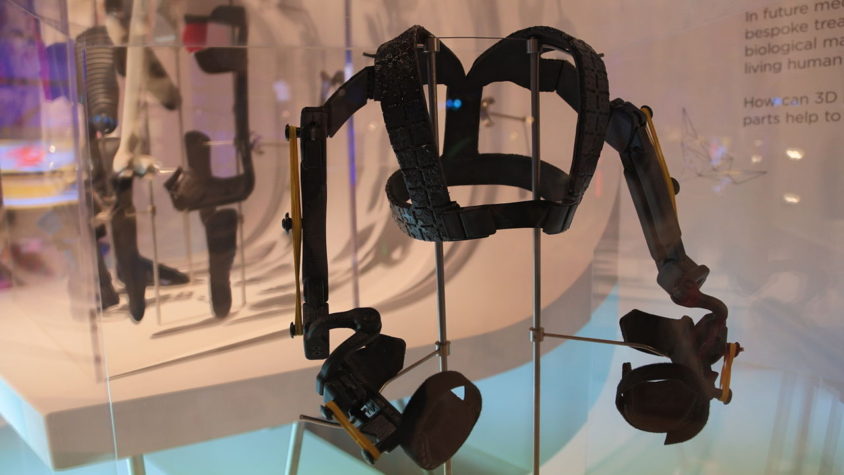By: Daniel Azzinaro 800,000 people in the United States have a stroke per year. Strokes, which cause brain damage, are a major cause of death and disability in the US. Most survivors have some type of disability, and at least half are affected severely enough to require exceptional care or to stay a...
By: Daniel Azzinaro
800,000 people in the United States have a stroke per year. Strokes, which cause brain damage, are a major cause of death and disability in the US. Most survivors have some type of disability, and at least half are affected severely enough to require exceptional care or to stay at a long-term care facility. For these reasons, an increasing number of researches are pursuing the use of innovative technologies to improve the efficacy of rehabilitation. Over the last decade, many devices for robotic-assisted training have been developed to allow patients to perform early, intensive, and task-oriented exercises. Among the newest therapeutic tools used for stroke victims are robotic exoskeletons, which attach directly to the affected part of the body to facilitate or enable movement.
Robotic exoskeletons are well suited to therapy, since the support can be taken away gradually as patients improve, says Karen Nolan. Karen is a senior research scientist at the nonprofit Kessler Foundation, a West Orange, N.J. research and charitable institution for people with disabilities. Exoskeletons also may relieve physical therapists of having to manually move the patients, so they can focus on the quality of the movements instead, says Dr. Nolan.
Another approach, tele-rehabilitation, aims to increase the amount of therapy stroke patients get by making supervised rehabilitation available at home, and making it fun at the same time. One system, developed by Steven Cramer, a University of California, Irvine, professor, and his team, integrates low-cost electronic videogame plug-ins.
Researchers are still determining how to match each patient with the technology
he or she would benefit most from, depending on the nature and severity of the injury. Canadian clinical guidelines, for instance, recommend robotic exoskeletons for the shoulder and elbow, but not for the wrist and hand, based on patient outcomes seen in a review of research. There’s also a question about how insurers will cover treatments in this growing field. Not all new products are available for patient in-home use, and some concerns remain about the effectiveness of those that are.
Differently from other fields of engineering, studies about the effectiveness of these technologies often occur after their development and their insertion in the rehabilitation settings. Several studies displayed the usefulness of these new technological approaches, whereas others did not show any improvement in respect to conventional therapies. This uncertainty about efficacy, together with high purchase cost for some of these devices, causes some difficulties in their use by untrained staff. Tthe absence of clear guidelines about better dosage and parameter values to select a somewhat diffused skepticism by some members of the rehabilitation teams may limit the transfer of recent technologies from research laboratories to clinical settings, where patients are waiting to benefit from them.

